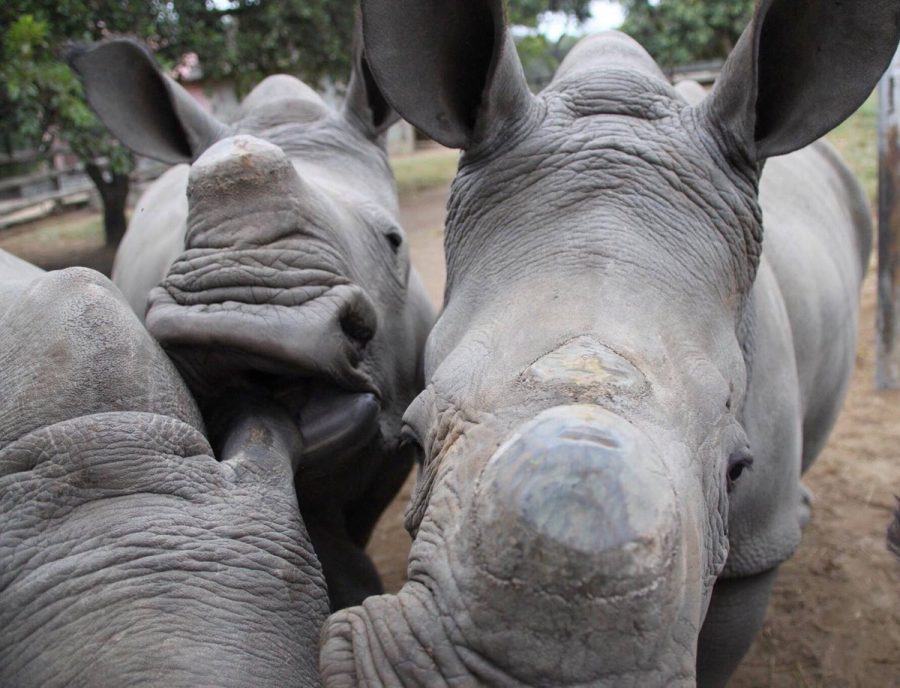

The Helm Dictionary of Scientific Bird Names. Systema Naturae per regna tria naturae, secundum classes, ordines, genera, species, cum characteribus, differentiis, synonymis, locis (in Latin). GAWAI BURONG the chants and celebrations of the Iban Bird Festival. With a rejoinder by Peter Metcalf In: Bijdragen tot de Taal-, Land- en Volkenkunde 133 (1977), no: 1, Leiden, 63-89. King Unity, formalism and structure: Comments on Iban augury and related problems. According to them it does not represent Lang, but quite simply represents a Hornbill, 'the Supreme Worldly Bird, who welcomes the invisible overhead approach of the God of Birds, Sengalang Burong' (1966: 124)." See p80 V. They state that the Hornbill image is used to show it, in an independent sense, as 'Chief of the Birds'.

The plumage is predominantly black, with white legs and vent and a white tail with a black band. The rhinoceros hornbill is a large arboreal hornbill, 80 to 90 cm (31–35 in) long. rhinoceros Linnaeus, 1758 – south Malay Peninsula and Sumatraĭescription The skull of B. borneoensis Schlegel & Müller, S, 1845 – Borneo The specific rhinoceros is Latin for "rhinoceros".


The genus name is from Latin becerus meaning "horned like an ox" which in turn is from the Ancient Greek boukerōs which combines bous meaning "ox" with kerōs meaning "horn". Linnaeus specified the location as China. He placed it with the great hornbill in the genus Buceros and coined the binomial name Buceros rhinoceros. The rhinoceros hornbill was formally described by the Swedish naturalist Carl Linnaeus in 1758 in the tenth edition of his Systema Naturae. It is featured on the reverse of the 5 Malaysian ringgit bill. Contrary to some misunderstandings, the rhinoceros hornbill does not represent their war god, who is represented in this world by the brahminy kite. Some Dayak people, especially the Ibanic groups, believe it to be the chief of worldly birds or the supreme worldly bird, and its statue is used to welcome the god of the augural birds, Sengalang Burong, to the feasts and celebrations of humankind. The rhinoceros hornbill is the state bird of the Malaysian state of Sarawak and the country's national bird. It is found in lowland and montane, tropical and subtropical climates and in mountain rain forests up to 1,400 metres in Borneo, Sumatra, Java, the Malay Peninsula, Singapore, and southern Thailand. In captivity it can live for up to 35 years. The rhinoceros hornbill ( Buceros rhinoceros) is a large species of forest hornbill ( Bucerotidae).


 0 kommentar(er)
0 kommentar(er)
